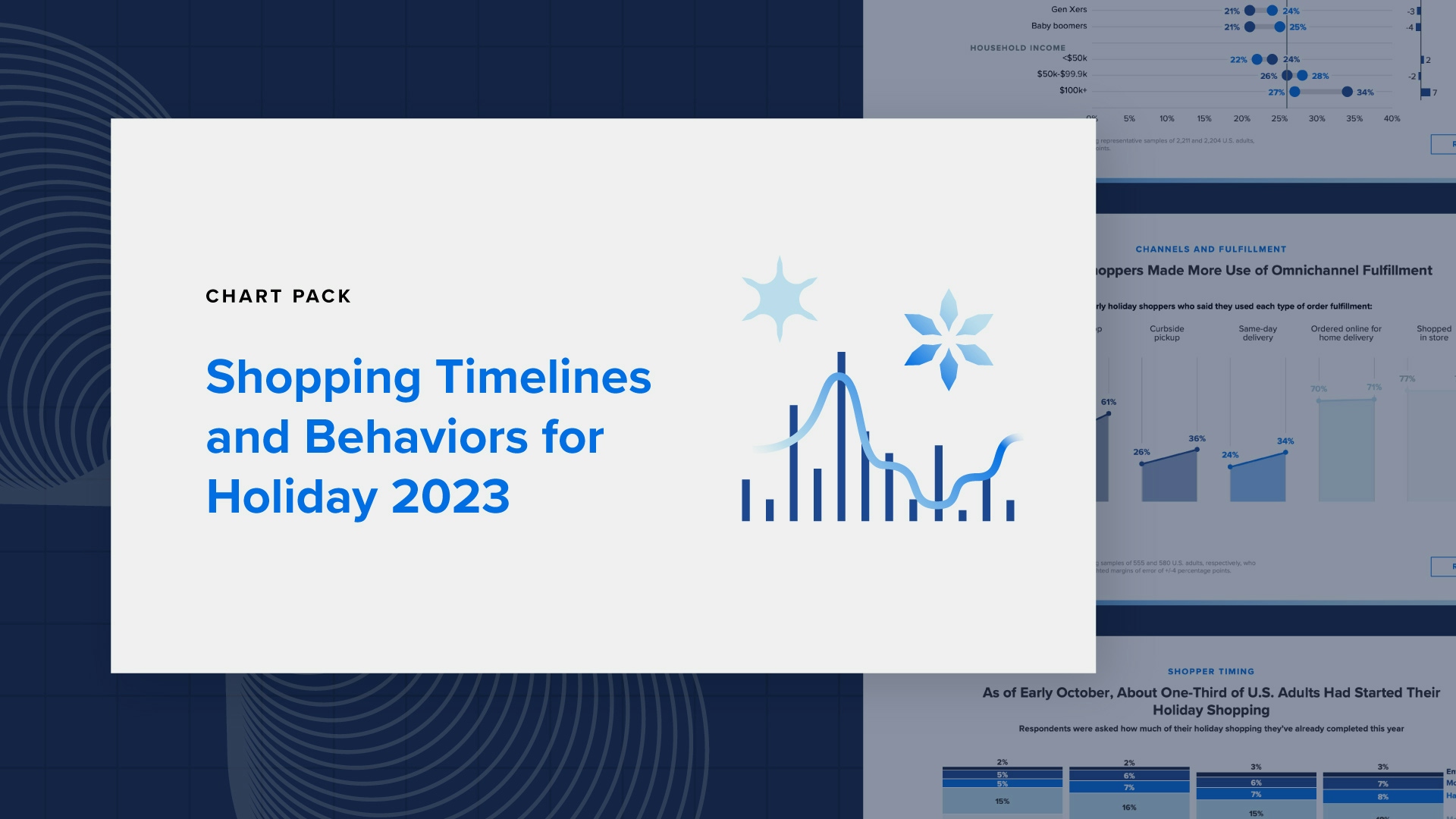
Travel & Hospitality
2023 Holiday Travel Trends Report
Report summary
A hectic summer in travel has flown by, and before you can say “Mariah Carey,” the holiday season will be upon us again. This year promises to be a good one for the travel industry, which has seen record bookings throughout 2023. The share of consumers who plan to travel for the holidays is already nearly equal to the share who did last year, and any movement from the “unsure” to the “yes” category will push volume past not only 2022 figures, but pre-pandemic numbers as well.
The travel industry must be prepared for what’s to come. Holiday travel can be stressful for consumers, and overbookings, delays, cancellations and the like can lead to negative experiences and potentially harm long-term trust. While there are many things travel brands can’t control — a blizzard on the day before Thanksgiving, for example — companies must do everything within their power to prepare for what promises to be the busiest holiday travel season in years.
Key Takeaways
- Expect record-breaking travel volume: More consumers will likely travel this year than last, and more travelers are paying for transportation and accommodation.
- Young people are behind the surge: But it’s not just holiday festivities that are leading them to travel.
- Booking methods abound: Travelers are using all platforms to book trips, but they slightly prefer websites to mobile apps.
- Rewards redemption is on the rise: Lingering cost concerns are leading more travelers to cash in points and rewards.
Methodology
Morning Consult Research Intelligence data featured in this report draws from surveys fielded Sept. 8-10, 2022, and Sept. 29-Oct. 1, 2023, among roughly 2,200 U.S. adults each. It also includes data from semimonthly surveys conducted in September and October 2023 among roughly 2,200 U.S. adults each.
All survey interviews were conducted online, and the data was weighted to approximate populations of adults based on age, gender, race, educational attainment, region, gender by age and race by educational attainment. Top-line results from the surveys have a margin of error of +/-2 percentage points.
About the author
Lindsey Roeschke is an analyst whose work focuses on behavior and expectations of consumers in the travel & hospitality and food & beverage categories, particularly through a generational and cultural lens. Prior to joining Morning Consult, she served as a director of consumer and culture analysis at Gartner. In addition to her research and advisory background, Lindsey has more than a decade of experience in the advertising world. She has lived and worked in seven cities across four continents.



